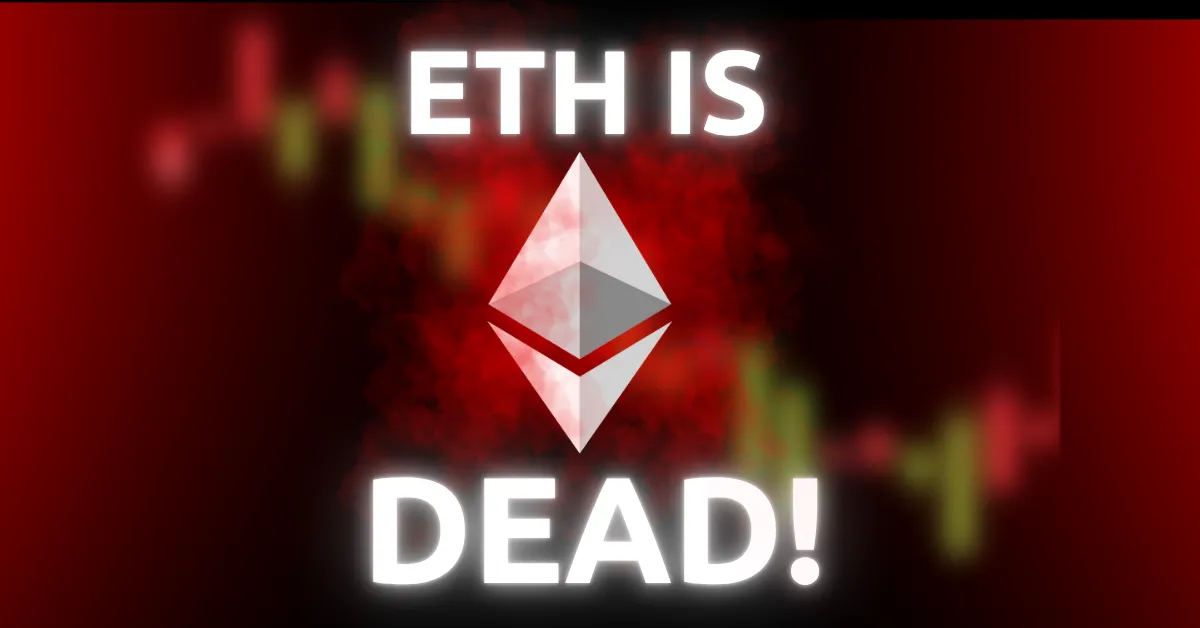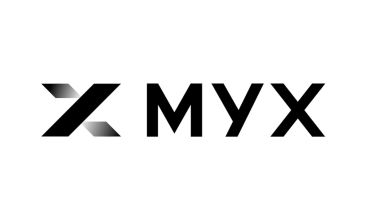
Ethereum’s quiet progress through innovations like restaking and RWAs positions it as crypto’s core infrastructure, despite declining hype and high fees.
Solana leads in users and DEX volume, but Ethereum remains dominant in TVL, stablecoins, and institutional trust—showing real long-term strength.
There’s a growing narrative that “Ethereum is dead,” But is it true? Some analysts argue that while it’s not as flashy as it once was, Ethereum is evolving into the backbone of the entire crypto industry, and many people don’t realise this shift.
Ethereum rose nearly 40% last week, jumping from $1,800 to $2,500. However, Ethereum’s DeFi market has dropped a lot, with its total value locked falling over 88% from its highest point. At the same time, Solana has pulled ahead in active users and transaction numbers because it’s faster and cheaper.
High gas fees have pushed many users away, and DeFi and NFTs have moved to cheaper, faster chains. Still, it remains the most secure, trusted, and established blockchain. Quietly, Ethereum is getting better with new features like account abstraction, restaking, and other tools that make it easier and more useful for developers.
Ethereum: The Choice of Big Players
One of the biggest shifts is the rise of tokenized real-world assets (RWAs) like US treasuries, real estate, and carbon credits, which are now worth over $56 billion. More than half of this value is tied to Ethereum or Ethereum-based roll-ups. Major players like BlackRock and Franklin Templeton are launching tokenized products on Ethereum. Ethereum is the place where big players want to build.
Additionally, Ether still dominates the stablecoin market, with over 50% of all stablecoin value (over $120 billion) tied to Ethereum or its roll-ups. These stablecoins are necessary for on-chain trading, lending, and real-world use cases like payroll, remittances, and savings apps.
What seems like slow infrastructure is actually steady, long-term demand, which is placing Ethereum as the foundation of everyday crypto use. Instead of just chasing trends, Ethereum is building the infrastructure that could power the next wave of blockchain growth. This makes it the chain where real money flows, even if it’s not hyped up every week.
Setting the Stage for Something Bigger?
Although it will not quickly soar to its All-time highs, its utility is growing through innovations. Features like staking and EIP-1559 help reduce supply, but demand from new users is key for price growth.
Despite its recent decline, Ethereum remains dominant in terms of TVL at $60.95 billion and stablecoin supply at $124 billion as per data from DefiLama. Ethereum’s developer base is still the largest, and it continues to lead in the decentralized blockchain space. However, Solana leads in the number of active addresses and 24-hour DEX volume at $4.2 billion.
The Ethereum Foundation has recently taken steps to improve its culture and engagement with developers, which could help bring back the lost confidence in Ethereum’s future. However, it needs to find a balance between scalability, decentralization, and value capture to remain competitive.
But price increases need real demand — people buying and holding ETH, not just using apps built on it. The good news is, when the market surges again, all this quiet progress could put Ethereum in a strong position.
Never Miss a Beat in the Crypto World!
Stay ahead with breaking news, expert analysis, and real-time updates on the latest trends in Bitcoin, altcoins, DeFi, NFTs, and more.
FAQs
As per our ETH price prediction 2025, the ETH price could reach a maximum of $5,925.
According to our ETH Price Prediction 2030, the ETH coin price could reach a maximum of $6,925 in 2025. ETH is expected to cross the $15,575 mark by 2030.
As per our Ethereum price prediction 2040, Ethereum could reach a maximum price of $123,678.
By 2050, a single Ethereum price could go as high as $255,282.








